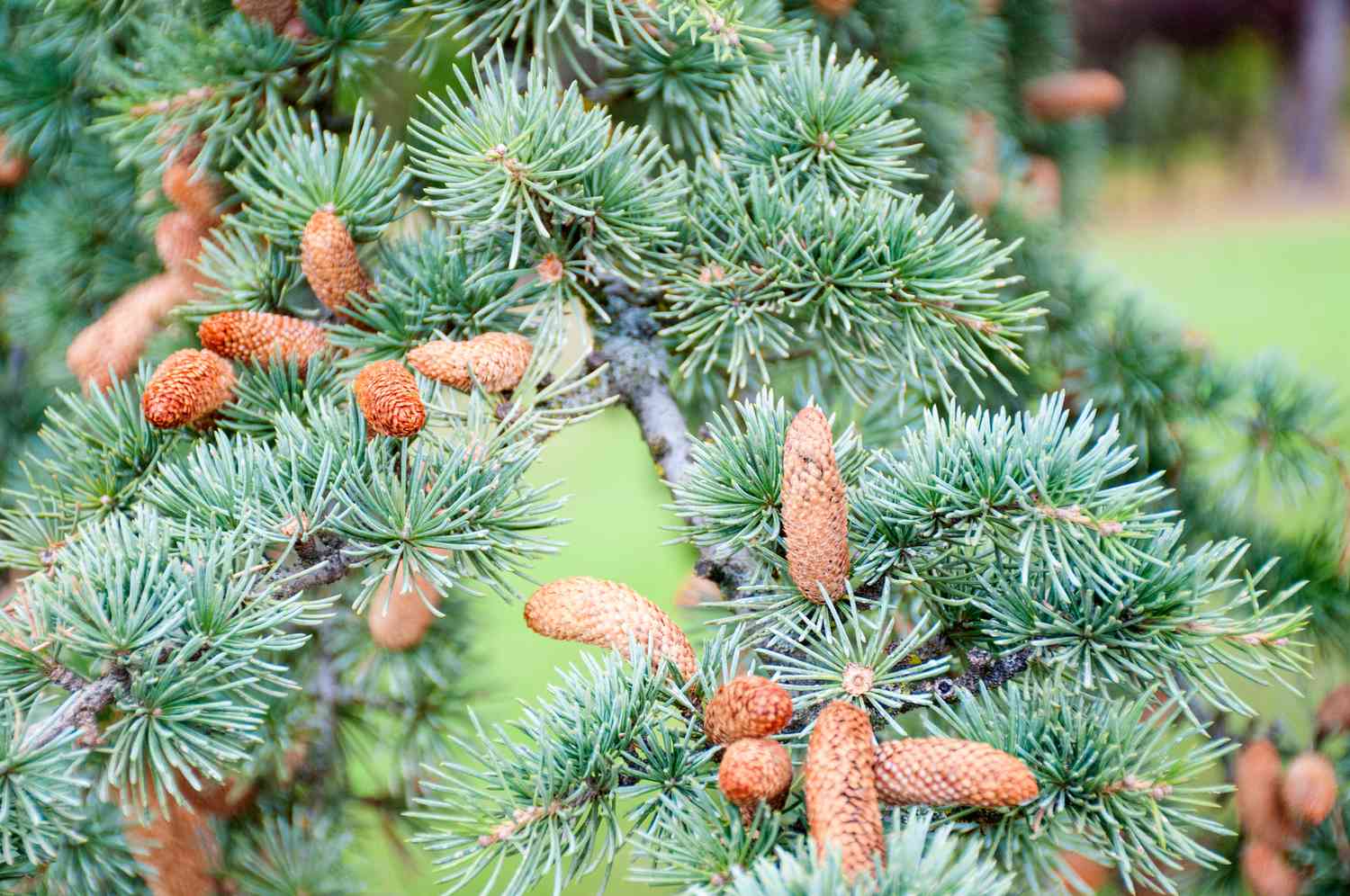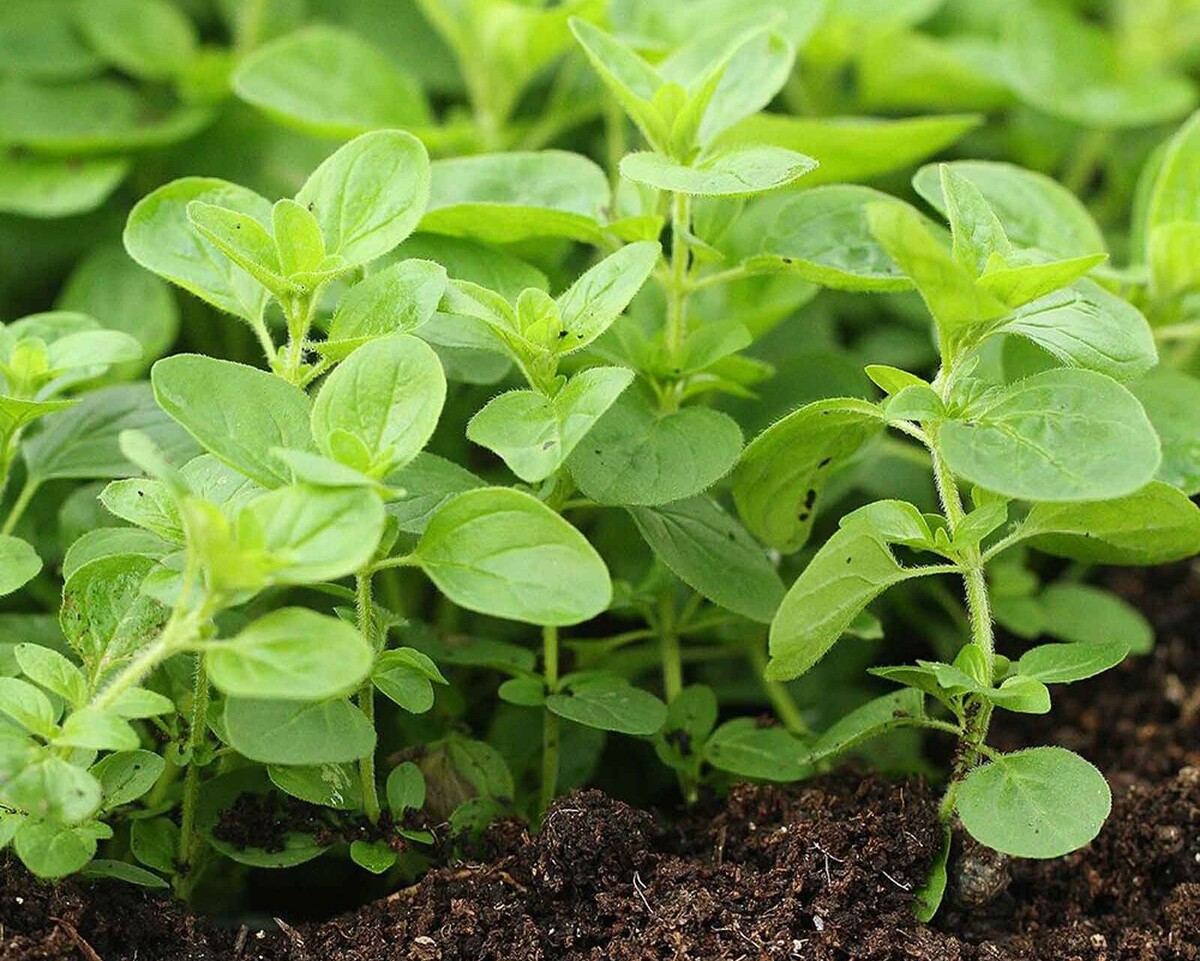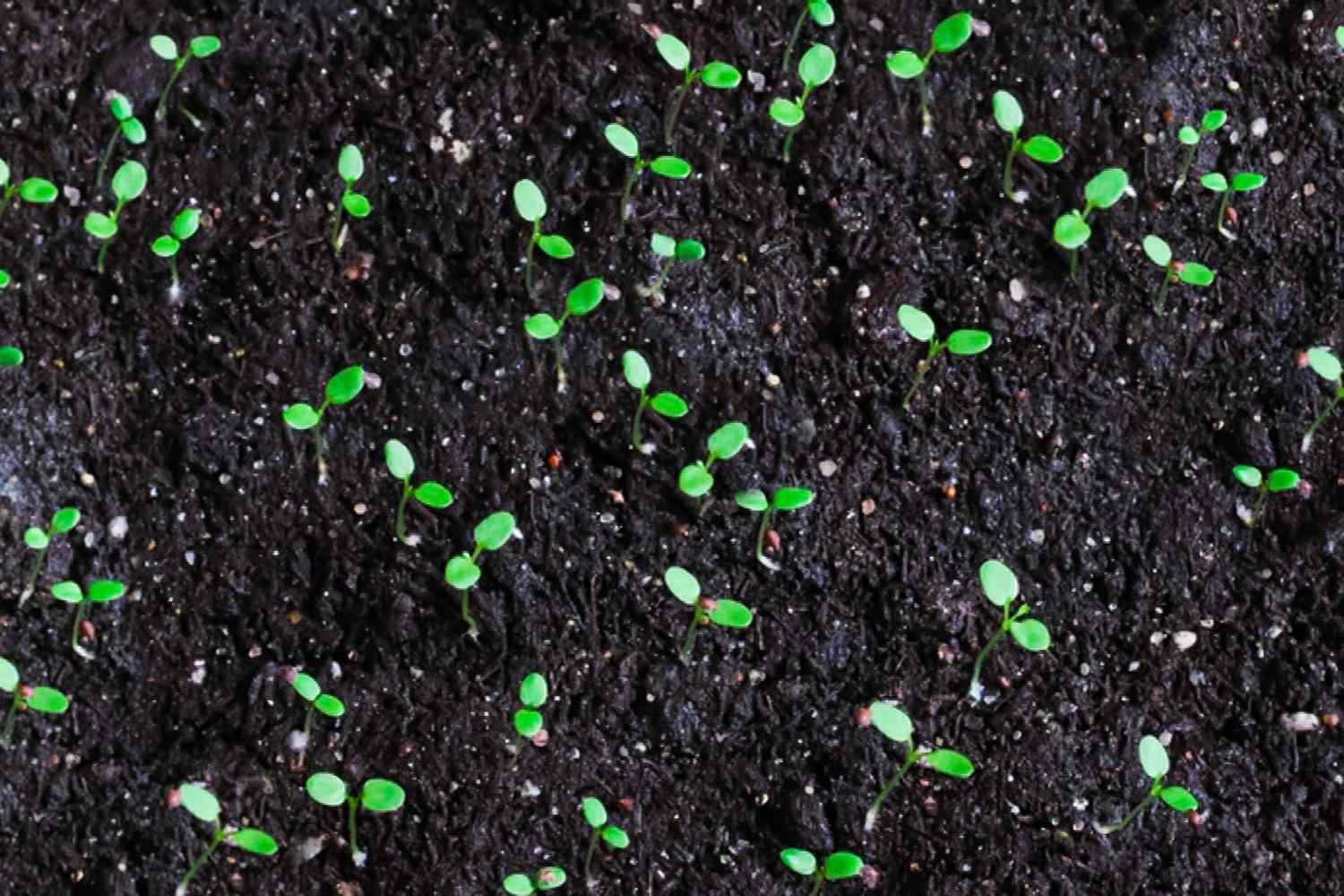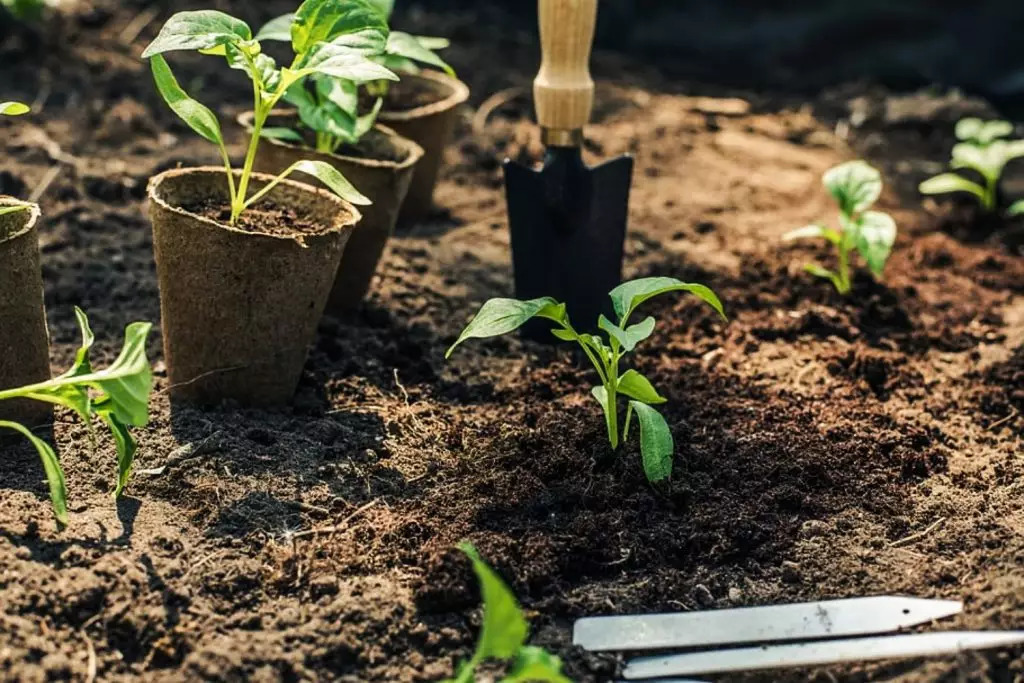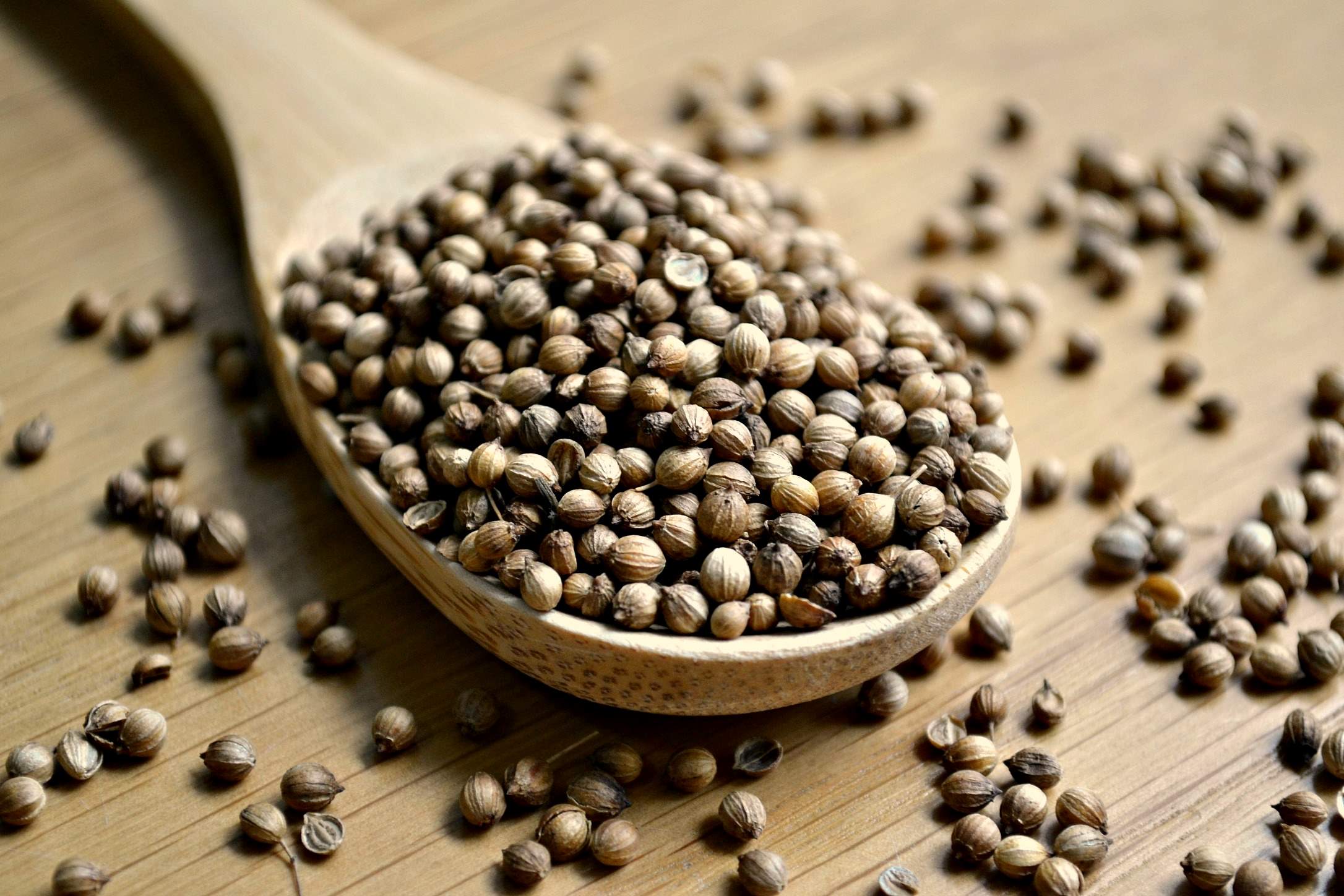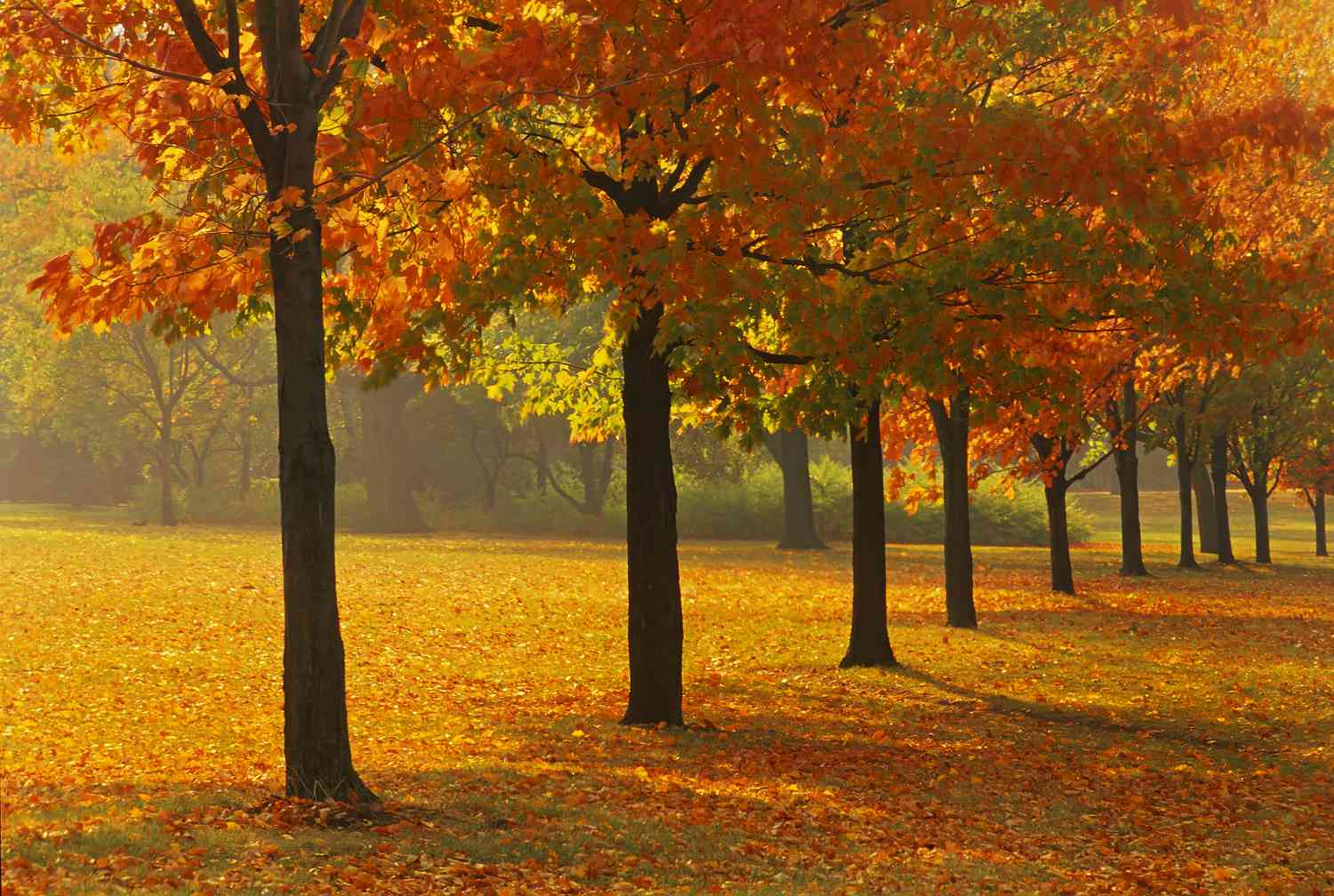Home>Gardening Basics>Getting Started>What Do Grass Weeds Look Like


Getting Started
What Do Grass Weeds Look Like
Published: December 14, 2023
Learn what grass weeds look like and how to identify them. Get started on your journey to a weed-free lawn with our comprehensive guide.
(Many of the links in this article redirect to a specific reviewed product. Your purchase of these products through affiliate links helps to generate commission for Chicagolandgardening.com, at no extra cost. Learn more)
Table of Contents
Introduction
Grass weeds are a common nuisance for homeowners, gardeners, and farmers alike. They can quickly invade lawns, gardens, and crop fields, competing with desired plants for water, nutrients, and sunlight. Identifying and understanding grass weeds is crucial in order to effectively control their growth and prevent them from overwhelming your landscape.
In this guide, we will delve into the world of grass weeds, exploring their characteristics, common types, and distinguishing features. By the end, you will be equipped with the knowledge needed to identify and address grass weeds in your own environment.
Grass weeds are any type of grass species that grow in unwanted areas and have the potential to disrupt the growth and health of desired plants. They are commonly found in lawns, gardens, agricultural fields, and even along roadways and in natural areas. Unlike ornamental grasses or crops, grass weeds are unwanted, as they typically lack the aesthetic value or economic benefit that desired plants provide.
Being able to distinguish grass weeds from other plants is essential in order to effectively manage them. Additionally, understanding the features and reproductive strategies of grass weeds can help you implement appropriate control methods. Whether you are a homeowner wanting to maintain a pristine lawn, a gardener looking to protect your flower beds, or a farmer aiming to maximize crop yields, identifying and controlling grass weeds should be a top priority.
In the following sections, we will explore the various characteristics of grass weeds, the most common types you are likely to encounter, and the telltale signs that can help you distinguish them from other plants. Armed with this knowledge, you will be better equipped to tackle the pesky grass weeds that threaten the beauty and productivity of your landscape.
Importance of Identifying Grass Weeds
Identifying grass weeds is vital for several reasons. Firstly, it allows you to differentiate between desirable plants and unwanted grasses, enabling you to apply targeted control measures and protect the health and aesthetics of your landscape.
By recognizing and addressing grass weeds early on, you can prevent them from spreading and becoming a persistent problem. Taking prompt action is essential because these aggressive plants have the potential to outcompete and overtake your desired vegetation, resulting in reduced yields for crops, a compromised lawn appearance, and decreased overall plant health.
Furthermore, correctly identifying grass weeds allows you to tailor your control strategies. Different types of grass weeds may have varying tolerance levels to herbicides or respond better to cultural management practices such as mowing, watering, or fertilization. By knowing what specific grass weed species you are dealing with, you can choose the most effective control methods and minimize unnecessary harm to beneficial plants or the environment.
Another reason why identifying grass weeds is important is the financial aspect. Whether you are a homeowner, gardener, or farmer, battling these weeds can incur significant costs. The time and effort spent on controlling grass weeds could be better invested in other aspects of landscaping or crop production. By accurately identifying grass weeds, you can implement targeted control measures from the outset, saving you time, money, and resources in the long run.
Moreover, understanding the characteristics of grass weeds allows you to anticipate their growth patterns and take preventative measures. For instance, knowing when and how certain grass weeds produce seeds can help you implement effective timing for mowing or herbicide application. By staying ahead of their life cycle, you can interrupt their reproductive process and reduce future weed populations.
In essence, the identification of grass weeds is crucial for effective weed management. By accurately identifying them, you can apply appropriate control measures, prevent their proliferation, and reduce the impact they have on your landscape. Now that we understand the importance of identifying grass weeds, let us delve into the characteristics that can help distinguish them from other plants.
Characteristics of Grass Weeds
Grass weeds possess certain distinct characteristics that differentiate them from desired plants. Recognizing these characteristics is key to effectively identifying and managing these unwanted invaders. Here are some key features to look for:
- Leaf shape and arrangement: Grass weeds typically have long, narrow leaves that are arranged in two rows along the stem. The leaves may be flat or rolled, depending on the species. This characteristic leaf arrangement is a stark contrast to other broadleaf plants.
- Parallel veins: The leaves of grass weeds have parallel veins that run from the base to the tip, giving them a linear appearance. This is in contrast to the net-like veining found in broadleaf plants.
- Jointed stems: Grass weeds have hollow, jointed stems called culms. These culms give the plants flexibility and allow them to sustain damage and still regenerate. This feature is absent in most broadleaf plants.
- Inflorescence structure: Grass weeds produce their flowers in unique structures called inflorescences. These can take the form of spikes, panicles, or racemes, depending on the species. The arrangement of the flowers in these structures can vary, aiding in the identification process.
- Fibrous root system: Grass weeds have a fibrous root system consisting of many thin, branching roots. These roots extensively occupy the upper layers of soil, enabling grass weeds to efficiently absorb nutrients and water.
In addition to these physical characteristics, grass weeds also exhibit certain growth habits that set them apart:
- Rapid growth: Grass weeds are known for their fast growth rate, allowing them to quickly establish and compete with desired plants.
- Rhizome or stolon formation: Some grass weeds, such as Bermuda grass and Zoysia grass, reproduce and spread through underground stems called rhizomes or above-ground stems called stolons. This enables them to spread rapidly and form dense mats of grass.
- Seed production: Grass weeds typically produce large quantities of seeds, allowing them to disperse and establish new populations. These seeds can remain dormant in the soil for long periods, making eradication more challenging.
By familiarizing yourself with these characteristics, you can confidently identify grass weeds and take appropriate measures to control their growth. In the next section, we will discuss some of the most common types of grass weeds that you may encounter in your landscape.
Common Types of Grass Weeds
There are several common types of grass weeds that you may come across in your lawn, garden, or farm. Familiarizing yourself with these grass weed species can help you effectively identify and manage them. Here are a few examples:
- Crabgrass (Digitaria spp.): Crabgrass is one of the most prevalent and troublesome grass weeds. It has flat, spreading stems and wide blades that form a distinctive crab-like appearance. It thrives in warm-season areas and can quickly invade lawns and garden beds.
- Dallisgrass (Paspalum dilatatum): Dallisgrass is a perennial grass weed with wide, coarse leaves and a distinctive seed head that resembles a starburst. It forms clumps and spreads through seed production, making it particularly challenging to control.
- Quackgrass (Elymus repens): Quackgrass is a cool-season grass weed characterized by its upright growth habit and pale green leaves. It has a dense root system and spreads aggressively through underground rhizomes.
- Nutsedge (Cyperus spp.): While not a true grass, nutsedge is often categorized as a grassy weed due to its similar growth habit and appearance. It has triangular-shaped stems and leaves and forms distinctive clusters. Nutsedge is particularly problematic in moist areas.
- Barnyardgrass (Echinochloa crus-galli): Barnyardgrass is an annual grass weed that grows rapidly and can reach heights of up to five feet. It has flat, broad blades and forms dense clusters with branching seed heads.
These are just a few examples of common grass weed species, but there are many others that you may encounter depending on your geographical location and environmental conditions. It’s important to consult local resources or seek professional guidance to familiarize yourself with the specific grass weeds prevalent in your area.
Understanding the characteristics and types of grass weeds is crucial for effective identification and management. In the next section, we will explore the distinguishing features that can help you differentiate grass weeds from other plants in your landscape.
Distinguishing Features of Grass Weeds
Grass weeds have several distinguishing features that set them apart from other plants in your landscape. By recognizing these characteristics, you can confidently identify and address grass weeds before they become a major problem. Here are some key features to look out for:
- Leaf shape and arrangement: Grass weeds typically have long, narrow leaves that are arranged in two rows along the stem. This is in contrast to broadleaf plants, which have wider, more varied leaf shapes and arrangement patterns.
- Vein pattern: The leaves of grass weeds have parallel veins that run from the base to the tip, giving them a linear appearance. In contrast, many broadleaf plants have net-like veining.
- Stem characteristics: Grass weeds have hollow, jointed stems known as culms. These culms provide flexibility and allow the grass weeds to survive damage and regenerate. Most broadleaf plants have solid, non-jointed stems.
- Inflorescence structure: Grass weeds produce unique flower structures called inflorescences. These can vary in shape, such as spikes, panicles, or racemes, depending on the species. The arrangement and structure of the flowers can help distinguish grass weeds from other plants.
- Root system: Grass weeds typically have a fibrous root system consisting of many thin, branching roots. This allows them to efficiently absorb nutrients and water from the soil. Some broadleaf plants may have taproots or a combination of taproots and fibrous roots.
In addition to these physical characteristics, there are a few growth habits and behaviors that can help you identify grass weeds:
- Rapid growth: Grass weeds are known for their fast growth rate. They can quickly establish and dominate an area, outcompeting desired plants for resources.
- Rhizomes or stolons: Certain grass weed species, such as Bermuda grass and Zoysia grass, spread through underground stems called rhizomes or above-ground stems known as stolons. These growth structures allow grass weeds to rapidly expand their territory.
- Seed production: Grass weeds generally produce a large number of seeds, enhancing their ability to spread and establish new populations. These seeds can remain dormant in the soil for extended periods, resulting in persistent weed problems.
By being aware of these distinguishing features, you can accurately identify grass weeds and implement appropriate control measures. In the next sections, we will discuss cultural and chemical methods for controlling grass weeds, allowing you to effectively manage their growth and minimize their impact on your landscape.
Cultural and Chemical Control of Grass Weeds
Controlling grass weeds requires a combination of cultural practices and, in some cases, the use of chemical methods. By implementing these control measures, you can effectively manage grass weed growth and prevent them from overtaking your landscape. Here are some strategies for cultural and chemical control:
Cultural Control:
1. Proper lawn and garden maintenance: Maintaining a healthy and dense lawn or garden is one of the best ways to prevent grass weed infestations. Proper mowing, watering, and fertilization practices encourage desirable plants to thrive, making it difficult for grass weeds to establish.
2. Mechanical removal: Hand-pulling or using a weeding tool can be effective for removing small isolated patches of grass weeds. Be sure to remove the roots to prevent regrowth.
3. Mulching: Applying a layer of organic mulch to garden beds can help suppress grass weed growth by preventing sunlight from reaching the soil and inhibiting seed germination. Mulch also helps retain soil moisture and reduces competition from grass weeds.
4. Preventive measures: Regularly inspecting plants and removing any grass weeds before they have a chance to spread can be an effective preventive measure. Monitor areas where weeds commonly appear, such as fence lines and edges, and take action early.
Chemical Control:
1. Pre-emergent herbicides: Applying pre-emergent herbicides before grass weed seeds germinate can be an effective way to prevent their growth. These herbicides create a barrier in the soil, inhibiting seed germination and reducing weed populations. Follow the instructions carefully and consider the specific needs of your lawn or garden.
2. Post-emergent herbicides: Post-emergent herbicides are used to control actively growing grass weeds. Selective herbicides target specific grass weed species while minimizing harm to desirable plants. Non-selective herbicides can be effective on all grass weeds but should be used with caution to avoid damage to surrounding vegetation.
3. Spot treatment: Spot treating individual grass weeds with a selective herbicide can be a targeted approach, minimizing the impact on desirable plants. Use a small sprayer or a paintbrush to apply the herbicide directly to the grass weed while avoiding contact with surrounding vegetation.
Remember, when using herbicides, always read and follow the instructions carefully to ensure safe and effective application.
It’s important to note that cultural control practices should be the first line of defense against grass weeds, while chemical control methods should be used as a supplement when necessary. Additionally, using an integrated approach that combines multiple control measures is often the most effective way to manage grass weed infestations.
By implementing these cultural and chemical control strategies, you can significantly reduce the presence of grass weeds in your landscape and maintain the health and beauty of your plants. In the next section, we will conclude our guide on grass weeds and reiterate the importance of proper identification and control.
Conclusion
Identifying and understanding grass weeds is essential for effective weed management. These unwanted grass species have the potential to overrun lawns, gardens, and agricultural fields, competing with desired plants for resources and compromising overall health and productivity.
By familiarizing yourself with the characteristics of grass weeds, such as their unique leaf shape and arrangement, jointed stems, inflorescence structure, and fibrous root systems, you can confidently differentiate them from other plants in your landscape.
Common types of grass weeds, including crabgrass, dallisgrass, quackgrass, nutsedge, and barnyardgrass, pose a significant challenge to homeowners, gardeners, and farmers. Recognizing these grass weed species and their unique growth habits empowers you to implement targeted control measures.
Furthermore, cultural control practices like proper lawn and garden maintenance, mechanical removal, mulching, and preventive measures can help minimize grass weed infestations. Incorporating these practices into your routine promotes the health and density of desired plants, making it more difficult for grass weeds to establish themselves.
In some cases, chemical control may be necessary to effectively manage grass weed growth. Pre-emergent herbicides prevent weed seed germination, while post-emergent herbicides target actively growing grass weeds. Spot treatments can also be used for targeted control, minimizing harm to desirable plants.
Remember, implementing both cultural and chemical control strategies in an integrated approach is often the optimal approach to managing grass weeds. By combining different control methods, you can achieve a more comprehensive and effective weed management program.
In conclusion, understanding the characteristics, common types, and control methods for grass weeds is crucial for maintaining a healthy and thriving landscape. By staying vigilant and taking proactive measures to identify, prevent, and manage grass weeds, you can ensure the long-term success of your lawn, garden, or agricultural operation.
